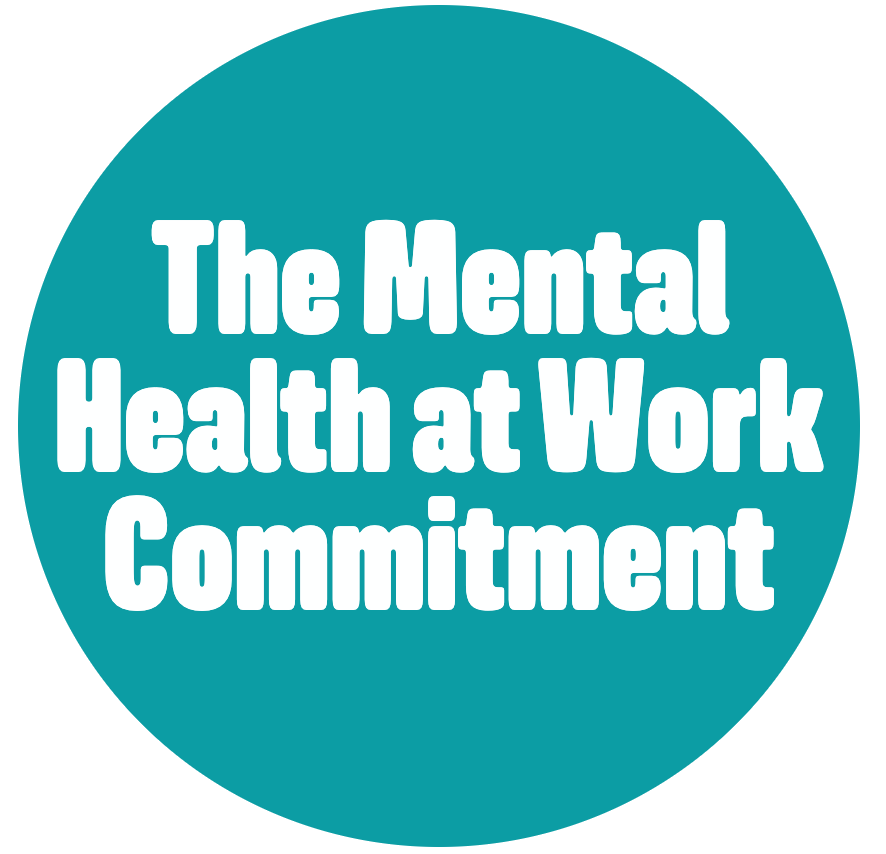Much like a Training Needs Analysis (TNA) informs organisation-wide training and learning priorities, a comprehensive Wellbeing Needs Analysis (WNA) builds a clear picture of employee wellbeing and a baseline from which to make and monitor further improvements.
Informed by the latest organisational psychology evidence-base and current good practice across multiple sectors, I work with my clients to identify appropriate wellbeing indicators that can be easily mesasured to inform future planning and delivery of work(place) wellbeing activities.
